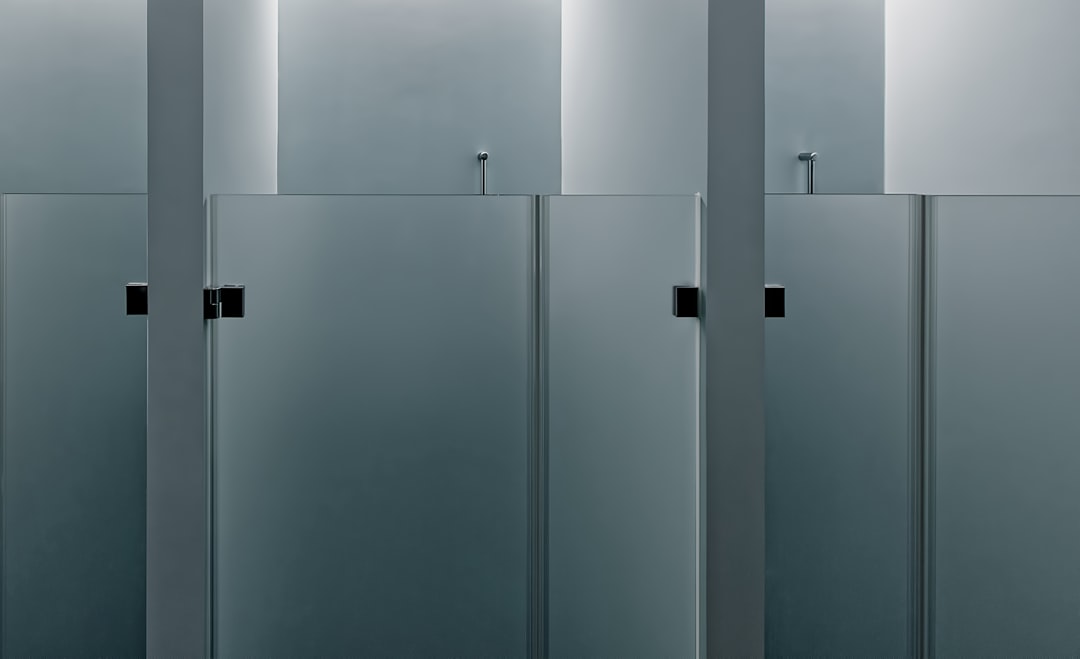U.S. Employers Must Display EEOC Poster Prohibiting 'Gender Identity' Discrimination
Despite absence of any legal authority, EEOC says employers who deny biological men who identify as women access to women's "bathrooms, locker rooms or showers" can be sued for sex discrimination.

The EEOC this month issued an updated poster that employers around the country must prominently display at their work sites which includes, for the first time, a prohibition against “gender identity” discrimination.
What is “gender identity” discrimination?
Among other things, the EEOC says “employers may not deny an employee equal access to a bathroom, locker room, or shower that corresponds to the employee’s gender identity.”
EEOC Chair Charlotte A. Burrows, in a news release, calls the revised poster a “win-win for employers and workers alike… the new poster makes it easier for employers to understand their legal responsibilities and for workers to understand their legal rights and how to contact the EEOC for assistance.”
But the question of an employer’s legal responsibilities with respect to gender identity is far from clear.
Typically, when the U.S. Congress considers prohibiting a new type of illegal discrimination, it holds hearings, calls experts to testify, and debates the fine points prior to arriving as a consensus. It took three years for Congress to pass the Age Discrimination in Employment Act. None of this has occurred with respect to gender identity discrimination.
Many questions exist.
The EEOC, which is responsible for enforcing federal civil rights laws, does not explicitly define “gender identity” on its web site. It is commonly thought that gender identity refers to biological males and females who identify with the opposite sex. But Merriam Webster Dictionary says gender identity is “a person's internal sense of being male, female, some combination of male and female, or neither male nor female.”
The EEOC lists gender identity discrimination under the category of sex discrimination, alongside pregnancy and sexual orientation (i.e., gay, lesbian) discrimination.
Source of Law???
Another question is where does the EEOC derive the authority to demand employers open women’s restrooms, locker rooms and showers to biological men who identify as women (and whoever else falls within the vague gender identity classification).
The EEOC’s web site says the “right” to be free from gender identity discrimination is contained in a 2020 U.S. Supreme Court decision, Bostock v. Clayton County, Georgia. But it isn’t.
The Bostock Court, in a 7-2 decision, said firing individuals because of their transgender status violates the prohibition against sex discrimination in Title VII of the Civil Rights Act of 1964 because the employees are inherently being treated differently because of sex.
However, the Bostock Court took pains to say it did not intend “to address bathrooms, locker rooms, or anything else of the kind. The only question before us is whether an employer who fires someone simply for being homosexual or transgender has discharged or otherwise discriminated against that individual ‘because of such individual’s sex.’”
So what is the legal basis - the source of law - for the EEOC’s position that it is illegal sex discrimination for an employer to fail to provide “equal access” to women’s restrooms, locker rooms and showers.
A spokesperson for the EEOC said the agency’s statement on gender identity represents “the Commission’s longstanding majority-voted positions on issues that were identified, but not decided in Bostock.”
Zeroing In On Gender Identity Discrimination …

